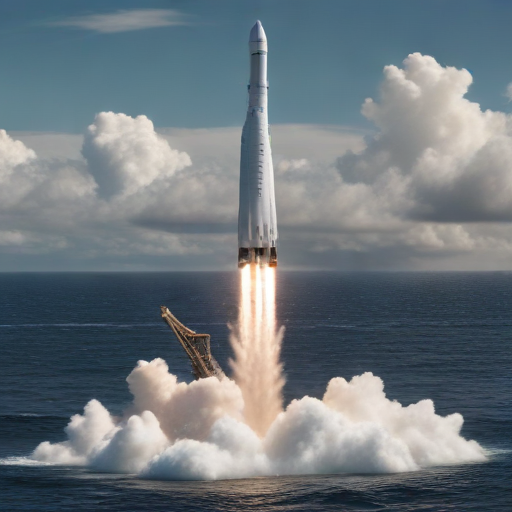SpaceX executed another Starship rocket launch on Tuesday, but this time the company opted not to capture the booster using its large mechanical arms. Instead, the booster was intentionally directed to splashdown in the Gulf of Mexico, a decision made shortly after the launch from Texas. SpaceX spokesperson Dan Huot explained that not all the necessary conditions for the booster capture were met, leading the flight director to forgo a command for the booster to return to the launch site. Specific reasons for this deviation were not disclosed.
In contrast to the booster, the empty spacecraft successfully launched and completed a mission that took it nearly around the globe, concluding with a controlled, albeit destructive, splashdown in the Indian Ocean after an hour of flight. This test flight represents a critical phase in demonstrating the capabilities of the Starship, the largest and most powerful rocket ever built, which is intended for future missions with NASA to return astronauts to the moon and eventually support Mars exploration.
The flight path remained consistent with previous tests, but SpaceX made some adjustments, including launching in the late afternoon to ensure better visibility during the descent phase. Key objectives for this mission included igniting one of the spacecraft’s engines in orbit—an essential function for reentry as well as conducting thermal protection experiments to analyze the spacecraft’s resilience without its heat tiles.
In a notable appearance, Donald Trump attended the launch, indicative of the strengthening relationship between the former president and SpaceX’s founder, Elon Musk. SpaceX aims to fully recycle its remarkable 400-foot Starship, which would significantly reduce costs and increase efficiency in transporting cargo and personnel to the moon and Mars. The success of the Falcon rockets has already demonstrated the benefits of a recycling program, saving both time and resources.
This launch marked the sixth fully assembled Starship launch since the beginning of 2023, with the earlier tests experiencing setbacks, including explosions. With more upgrades anticipated for future flights, optimism remains high regarding the potential achievements of SpaceX and its ambitious plans for space exploration.
Overall, while this launch didn’t achieve all its set goals, it demonstrates SpaceX’s commitment to refining technology and pushing the boundaries of space travel, showing promise for future missions to expand humanity’s presence beyond Earth.
